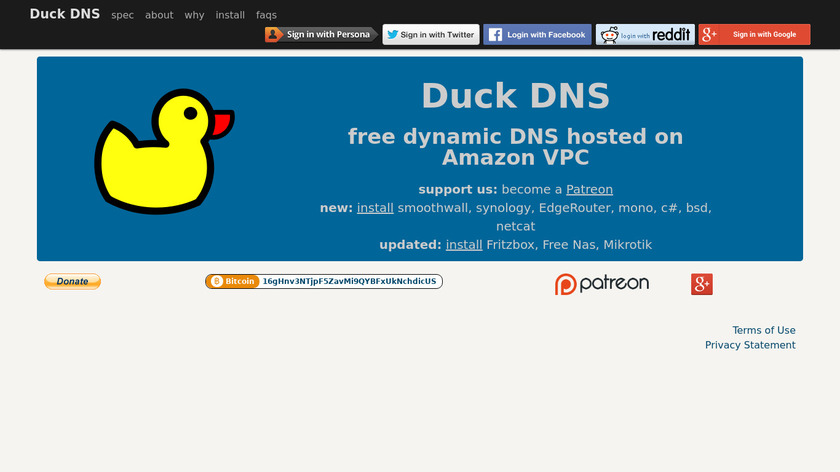Why You Should Use ReactJs Development For Web Development?

The most famous front-end JavaScript library for creating Web apps is React.js. Different names for React.js include React.js, Reactjs, and just React. Most Fortune 500 companies use Reactjs.
If you’re into web development, you’ve probably heard of the name React.js and asked why it’s so popular. Let’s discuss what makes React.js so great and why you should use it in your projects in your next hiring of ReactJs development services.
What is React.Js?
ReactJS is a JavaScript component library for creating user interfaces for websites and applications. It was established by Jordan Walke in 2011 and raised the bar for creating fast and dynamic web pages using JavaScript.
It gives developers tools to generate reusable and easily integrable user interface components that save development time and deliver a flexible user experience for React-based web, websites, and mobile apps.
It has a robust environment and is quite adaptable. It presents its own set of partner libraries and frameworks for implementing sophisticated functions. React users may dramatically reduce their development time by using capabilities like JSX, Virtual DOMs, excellent state management, and reusable components that are independent of one another.
React’s tight structural principles, and unidirectional data flow allow you to write clean and manageable code. These online apps and web pages are very simple to test and manage.
6 Reasons Why You Should Use ReactJs For Web Development
React JS must have some outstanding benefits if adopted by so many businesses, including several world’s most well-known brands, right? So, let’s get started!
Easy to Use
A basic grasp of JavaScript is necessary to get started with React JS. However, you should keep learning and practicing, as with any other discipline. Individual work coupled with user guides will, without a doubt, be sufficient to perfect it in a short time.
Another benefit of using this technology is swiftly preparing and setting up a development concept with just one command. People who dislike tinkering with system preferences who can’t manage it right now will be thrilled.
Versatile Technology
React is incredibly versatile. Once you’ve mastered it, you may use it to create high-quality user interfaces on several platforms. React isn’t a framework; it’s a library. React’s library-based approach has grown into such a powerful tool.
React was built with a single goal in mind: to develop web application components. A React component might be a Button, Label, Text, or Grid in your online application. However, as React’s popularity has risen, its ecosystem now covers many use cases.
It Has Reusable Components
The most noticeable characteristic of React is components, so it is so powerful and famous. The best part is that you can reuse them several times. A component must be specified once and may then be reused.
It significantly speeds up the development process while also greatly improving productivity. It’ll feel wonderful to reuse the same components in a new way when you’re in charge of building a large-scale website.
The fact that you may reuse once-created components whenever you wish makes reusability a fantastic solution for putting the time saved on repetitive duties towards more complex tasks. On the other hand, the Internet is teeming with ready-to-use individual components and entire frameworks due to component independence.
Reliable and Large Community
React, Jordan Walke’s open-source library is one of GitHub’s top five trending repositories. It has a large JavaScript developer community that constantly creates new tools and solutions. A substantial number of user-created applications have recently been added to the official library. You may reach out to an extensive network of specialists to help you with any issues.
Furthermore, this is a fantastic method to keep updated. React has about 180K stars on Github and over 10 million npm downloads per week in January 2022.
Virtual DOMS
Every time the HTML code updates, either due to user input or value modifications, the DOM tree must be shown, which takes time and uses a lot of power. ReactJS’ usage of Virtual DOMs saves the day here. React just builds a copy of the DOM and caches it in memory.
Every time a change is made, it assesses the Virtual DOM and decides which tree nodes and components need to be changed. With only a little DOM change, the tree may be updated quickly and effectively. This reduces developers’ time and makes a product exceptionally fast and responsive.
Performance
There is no idea of a built-in dependency container in React. Require JS, Browserify, EcmaScript 6 modules, which we can leverage via Babel, and ReactJS-di can all be used to inject dependencies dynamically.
Testing ReactJS apps is a snap. We may change the state we supply to the ReactJS view and check at the result and triggered events, functions, actions, and so on by treating React views as functions of the state.
Overall Thoughts
React is a well-known JavaScript library that is used all around the world, as detailed in this article. It comes with cutting-edge capabilities and is ideal for developers searching for a simple to use and highly efficient JavaScript framework.
New web frameworks and libraries every year make it challenging to determine which technology will be there for the long term. ReactJS, on the other hand, has outperformed Vue, Django, Angular, and Ruby on Rails over the previous ten years.
And that’s why you should use and rely on React.Js for your next web development projects.




